Description
We’re delighted to return to the ‘Venice of the East’ in 2025 for another exclusive short break with Patrick Barkham!
The Norfolk Broads has more miles of waterway than the famous Italian city, over 125 miles, so although perhaps a little less romantic it is in fact a fantastic water world of its own, full of big skies and a sparkling landscape of marshland fields, feathery reeds and tangled woodlands. It is the perfect canvas for adventure and relaxation – time to reflect and space to explore. This break provides you with a unique opportunity to enjoy this wonderful landscape with Patrick Barkham who loves this ‘land of the Swallowtail’ which he calls home!
The Broads boast booming Bitterns, playful otters and darting Kingfishers, native white waterlilies and rare fen orchids. It is also the only place to see the rare and beautiful Swallowtail, which is the species we’ll dedicate significant time to during our stay.
Our plan is to visit several of the best sites in the area to see Swallowtails. They include Strumpshaw Fen (RSPB reserve), Hickling Broad (Norfolk Wildlife Trust), How Hill (How Hill Trust), Wheatfen (Ted Ellis Trust Reserve) and Catfield Fen(Butterfly Conservation reserve managed in partnership with RSPB). We should (depending on weather and the season) get to see plenty of Swallowtail activity and plenty of other wildlife too! We may also visit one or two more secret and off the beaten track places and hope to arrange some special access (by boat) to some harder to reach locations. A boat trip is also a fantastic way to experience the Broads, being afloat becomes a real adventure, with hidden places and close encounters with wildlife at every turn.
We won’t only look for Swallowtails of course! Another fairly iconic species itself that we’ll want to show you is the Norfolk Hawker dragonfly with its distinctive green eyes (which give it its alternative name the Green-eyed Hawker) and we should get to see these beautiful insects on the wing during our days out. We’ll see numerous other dragonfly species too, such as Banded Demoiselle and Four-spotted Chaser. We should also enjoy the chorus of booming bitterns, the almost impossibly loud series of notes of Cetti’s Warblers (as if someone is shouting to attract your attention) and Cuckoos calling – all combining to form a delightful soundtrack to our ‘Swallowtail days’!
We’ll also hope to enjoy good views of Marsh Harriers over the reed beds, these handsome hawks are easy to identify as they hang in the air above the reed and sedge beds, quartering the acres of their territories on long, broad wings. As we focus our ears and eyes closer we may be lucky enough to see Bearded Tits too.
Plants are also of interest in the Broads and there are numerous species of local interest. For example, Milk Parsley, the food plant of the Swallowtail and almost as rare as the butterfly itself! We’ll search its feathery foliage for freshly laid Swallowtail eggs or the black (bird poo) young instar caterpillars, some may also be more advanced and the funky green stripey version!
We may get to see one of the few colonies of Fen Orchid remaining in the UK too. Other plants of note include Marsh Fern, Cowbane, Greater Water-parsnip, Greater Spearwort and Marsh-pea. Bisecting the fens and grazing marshes the cleaner dykes also support a varied and interesting flora, with Frogbit, Arrowhead, Greater Bladderwort, Water Soldier, and Fringed, Yellow and White Water-lilies all being present.
What Are The Norfolk Broads?
An internationally important wetland, the Broads is a member of the National Park family, and includes some of Europe’s most special nature reserves, with no fewer than 28 Sites of Special Scientific Interest.
The Norfolk Broads, once a vast estuary, are a series of rivers and broads (lakes), most of which are navigable. The square area of the Norfolk Broads totals 303 kilometres, most of this is in the County of Norfolk, and just over 200 square kilometres of these waterways are navigable, covering seven rivers and 63 Broads. The depth of these waterways is usually less than 4 metres deep. Thirteen of the broads are completely navigable whilst three others have channels open to navigation running through them.
The Broads range from small ponds through the large areas such as Hickling, Barton and Breydon. The majority are located in the northern half of Broadland which encompass the Rivers, Bure, Ant and Thurne. Central and Southern parts of Broadland encompass the Rivers Waveney, Yare and Chet, however all the waterways are tidal but the effect of the tide decreases the further away from the coast until reaches upstream from Barton Broad are almost non tidal.
READ FULL HOLIDAY DETAILS

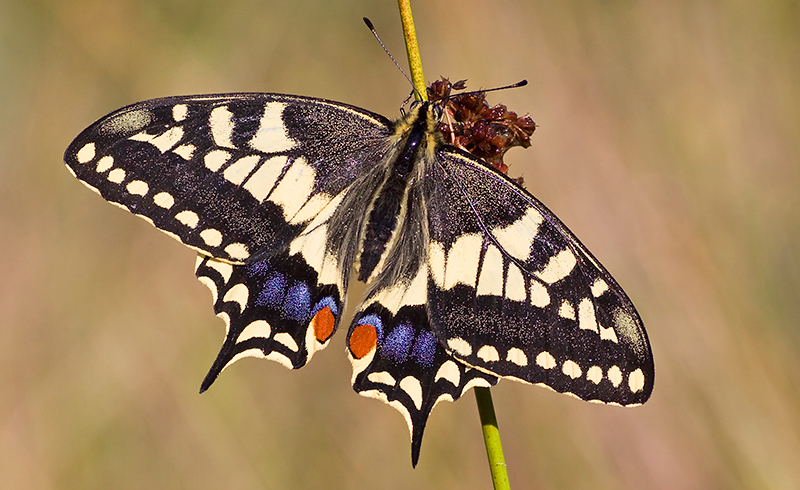

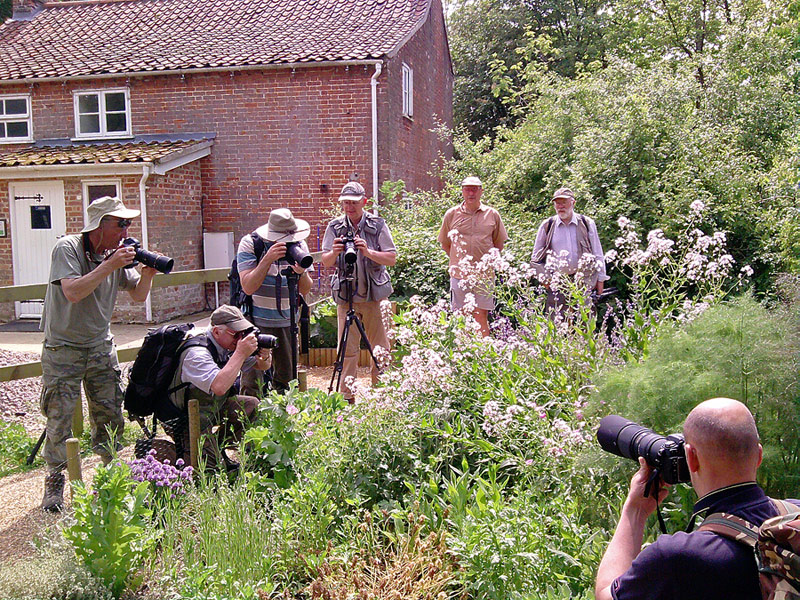

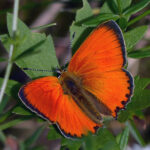
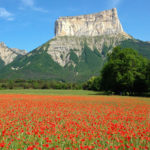
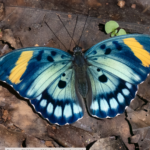





Reviews
There are no reviews yet.